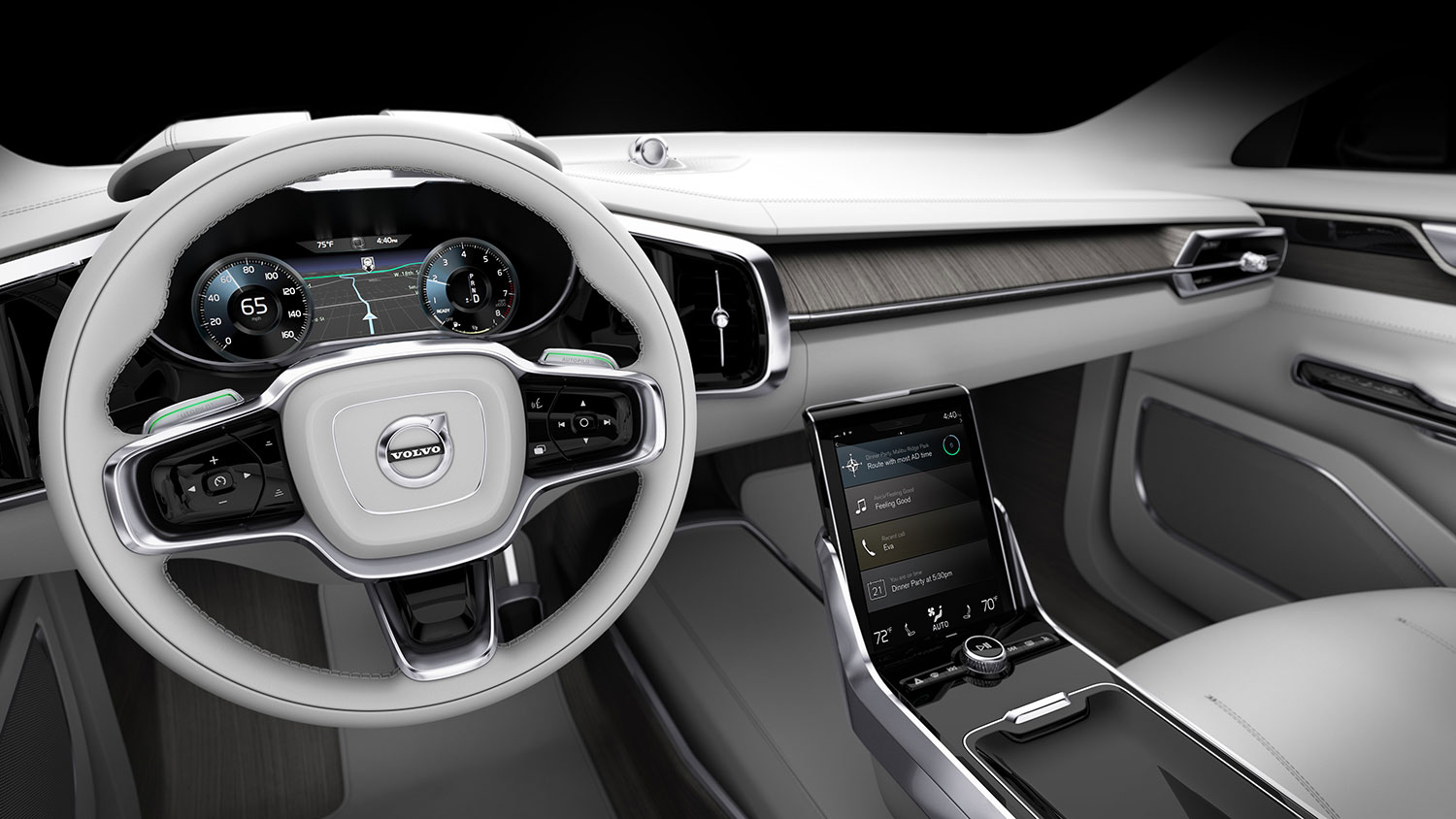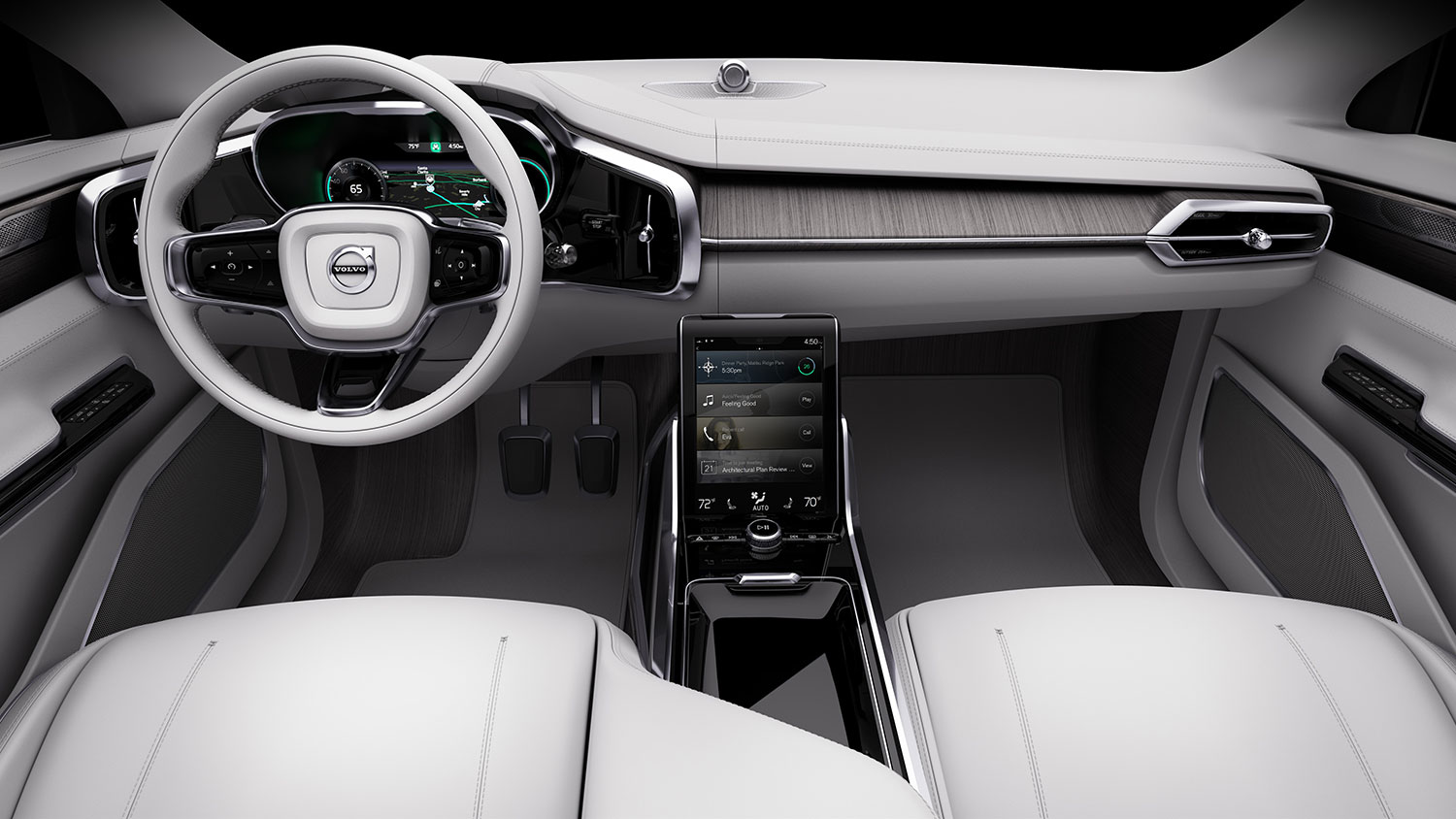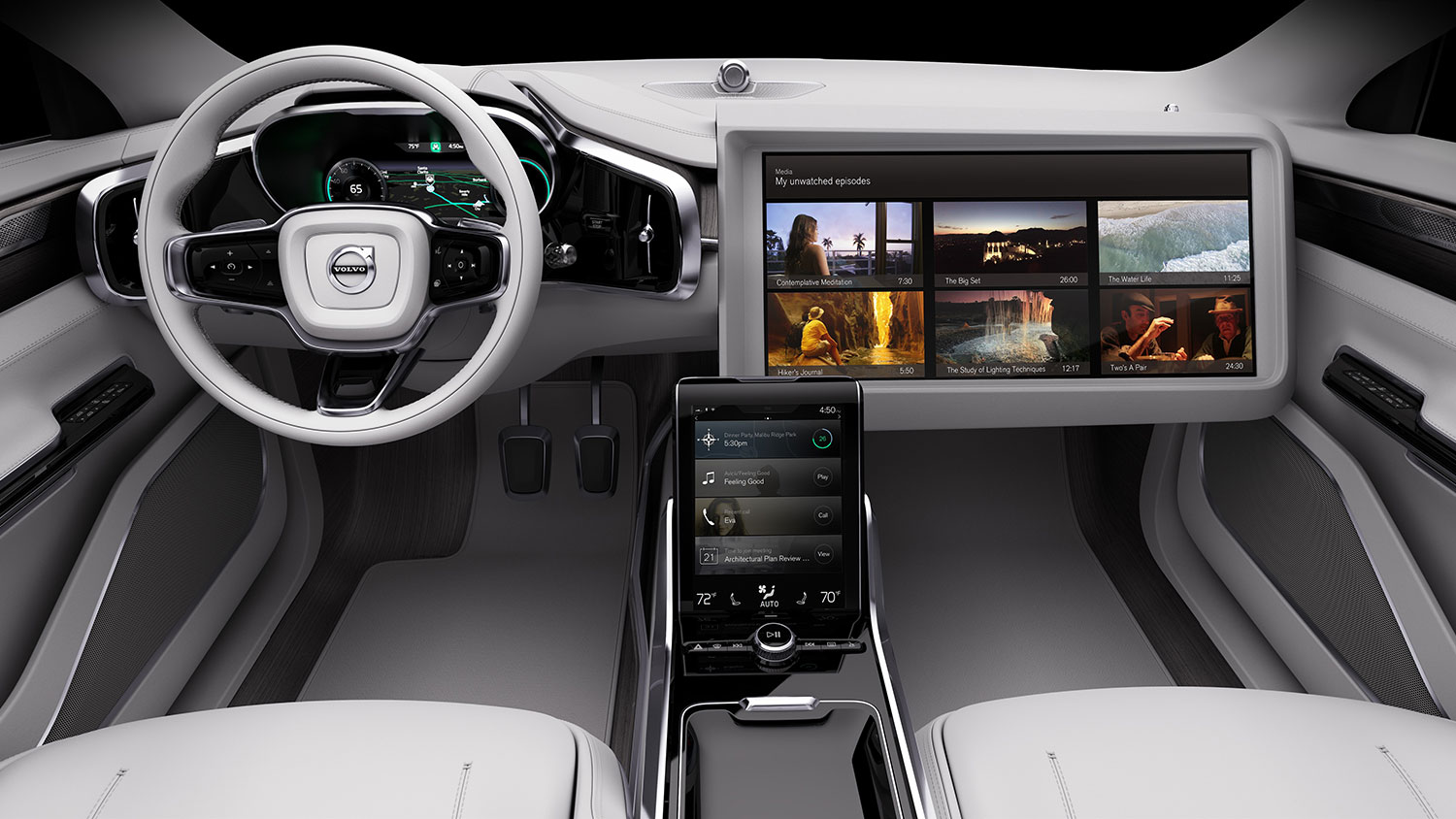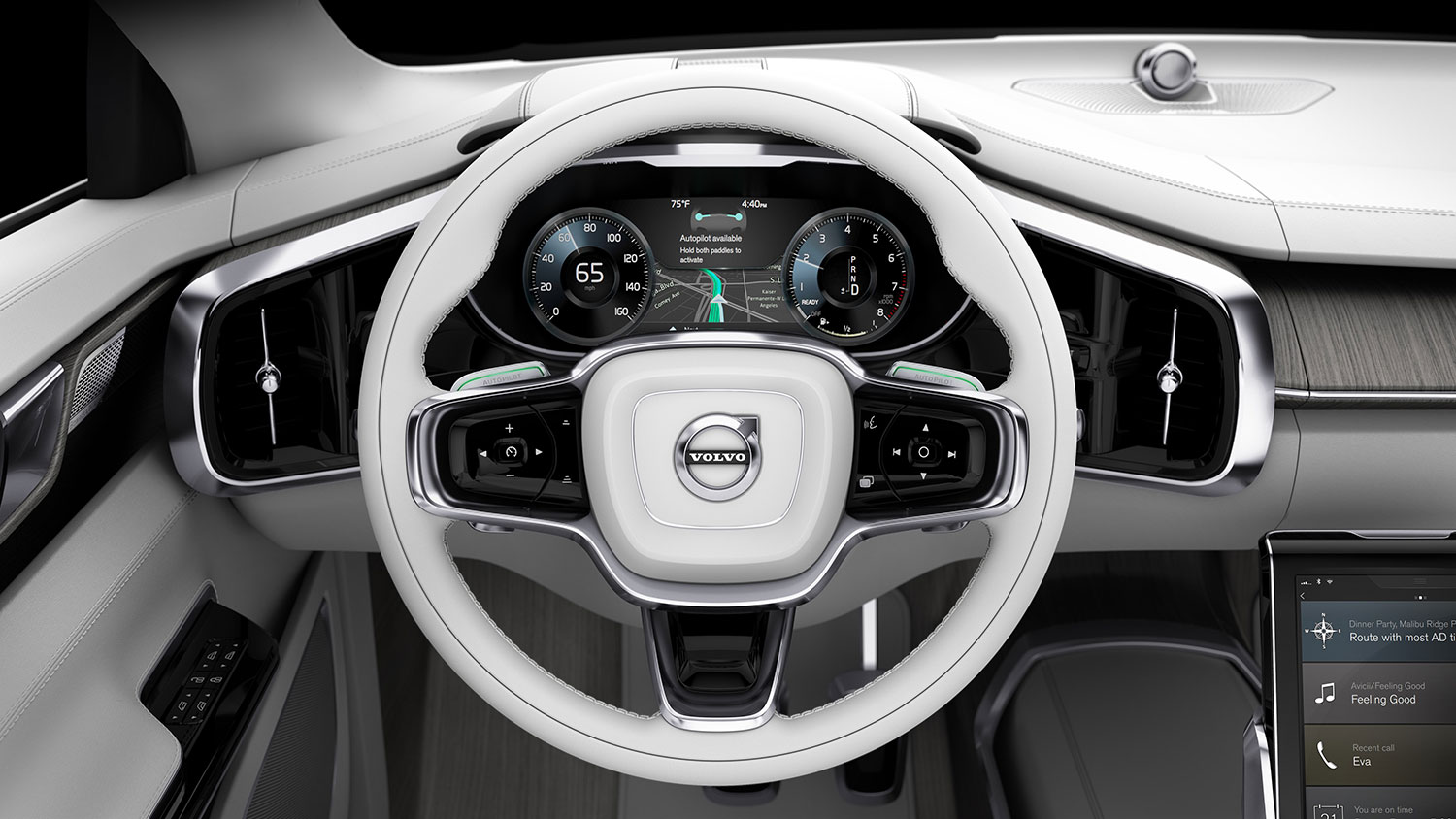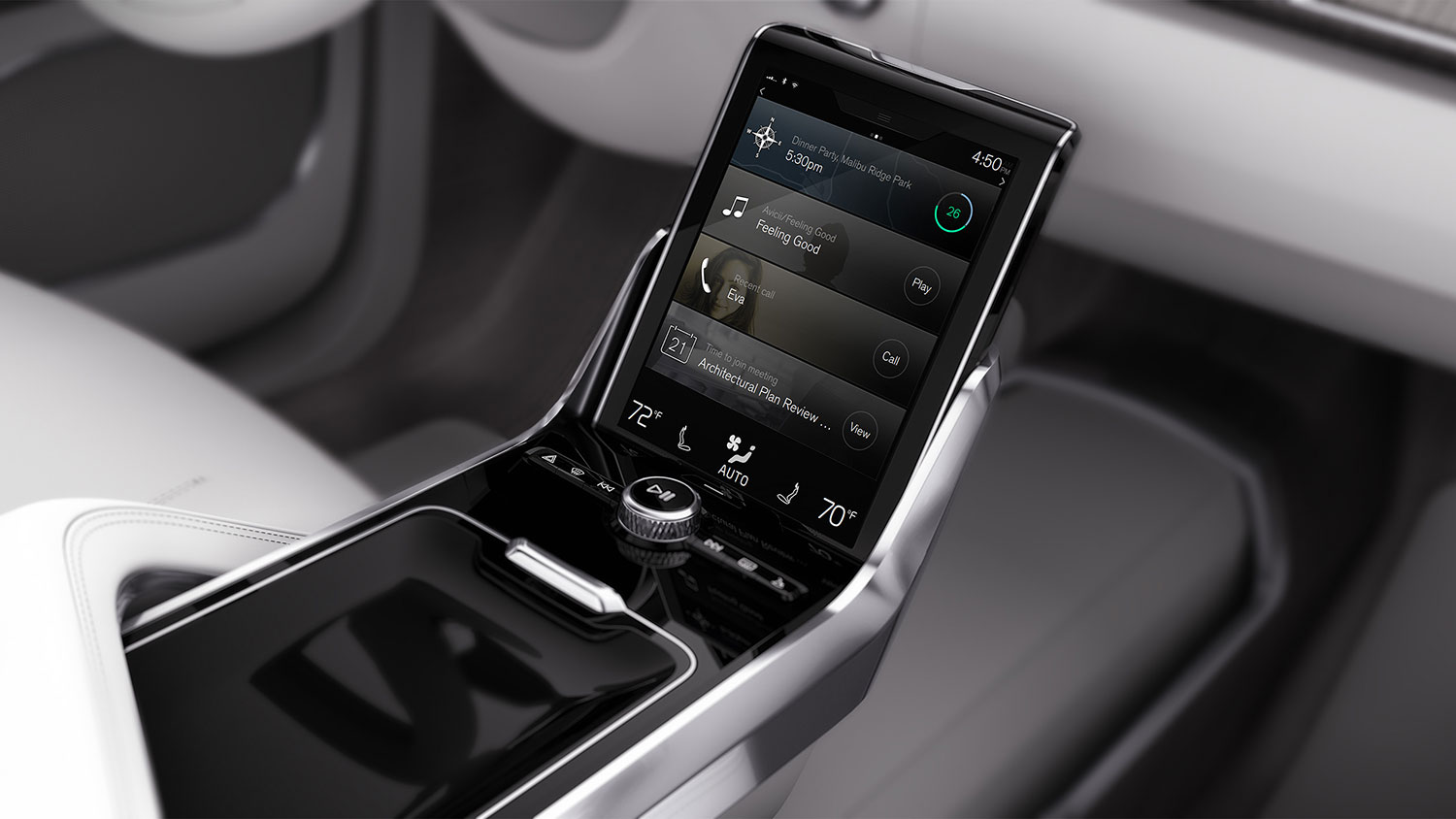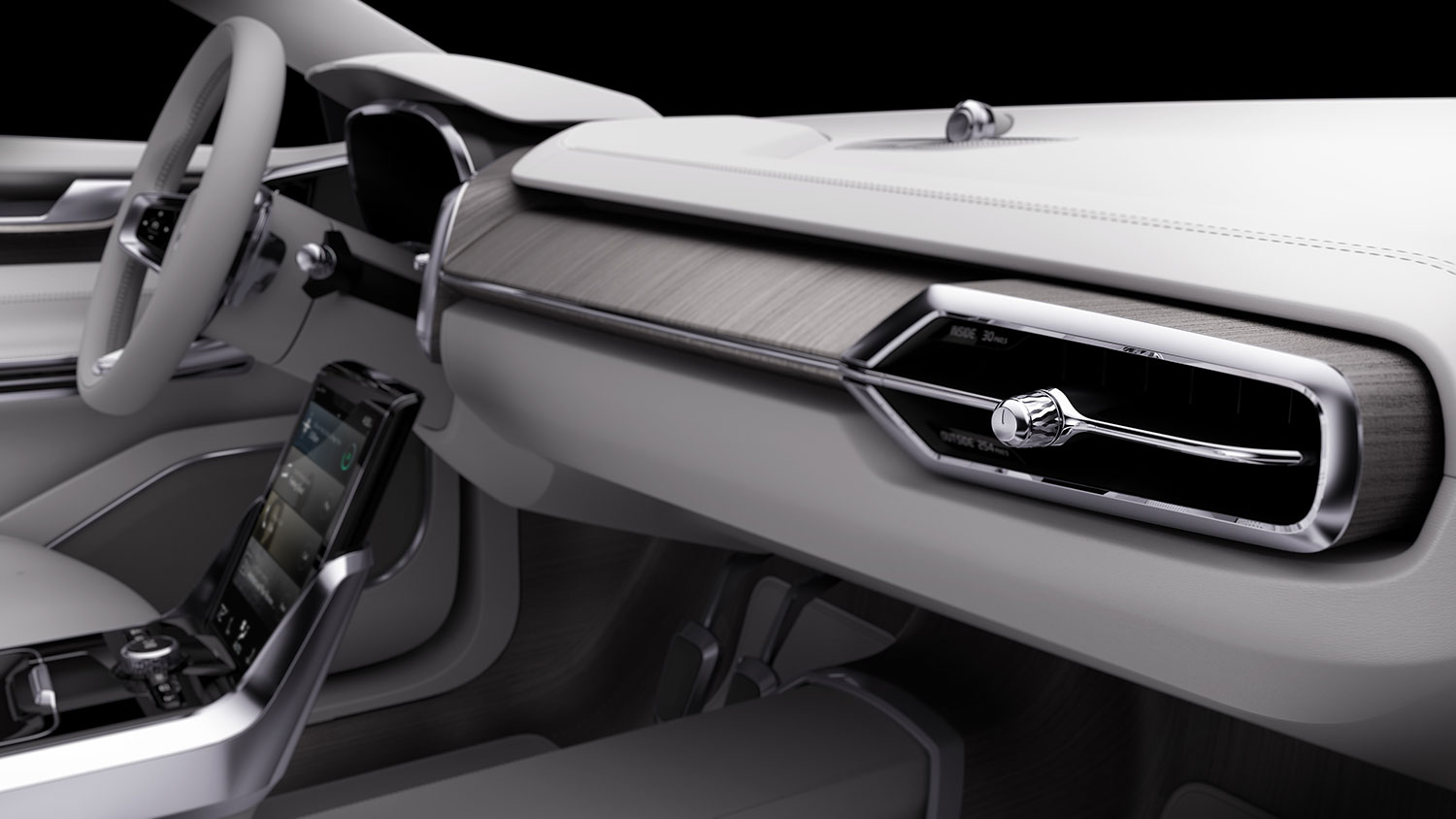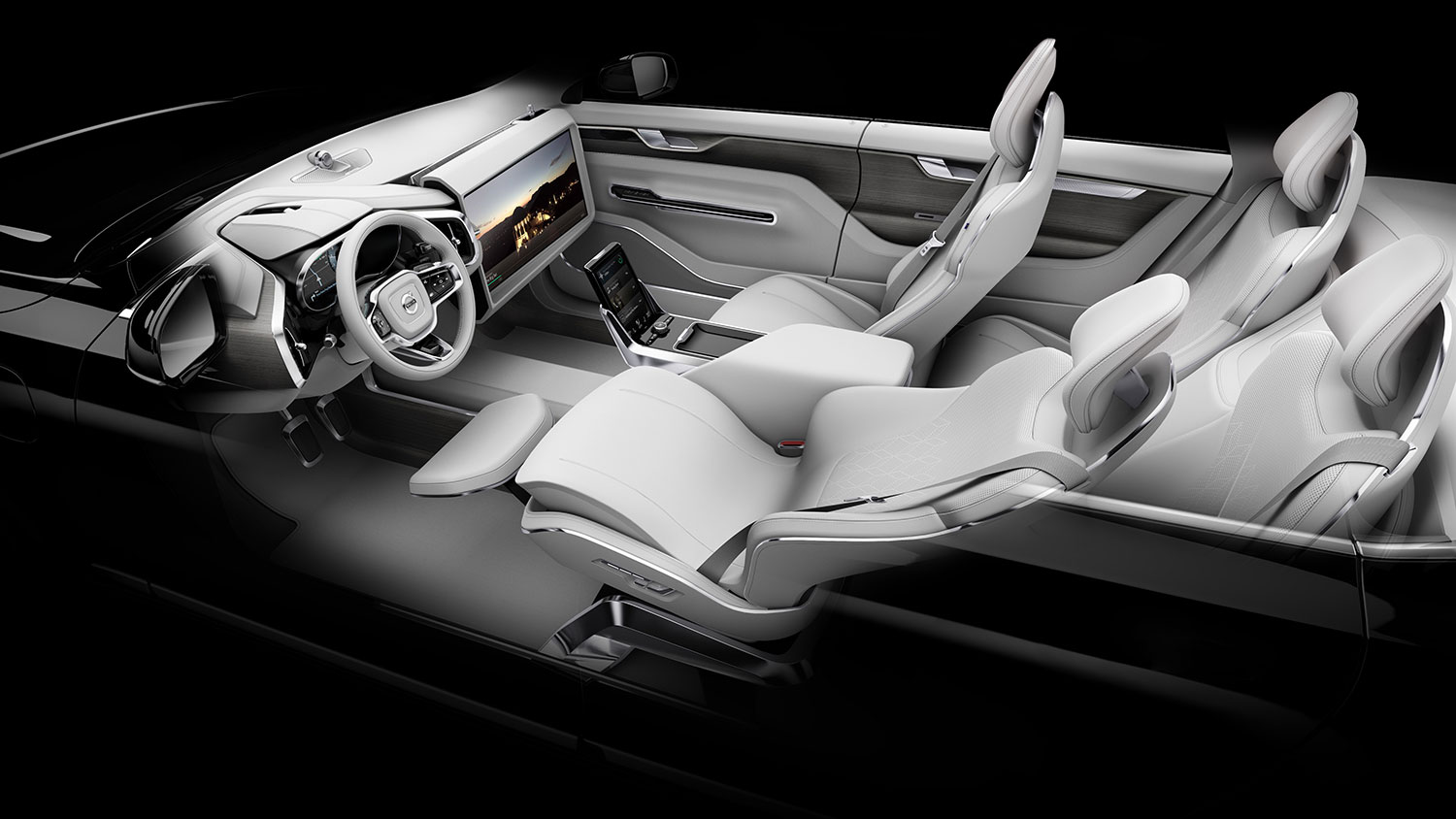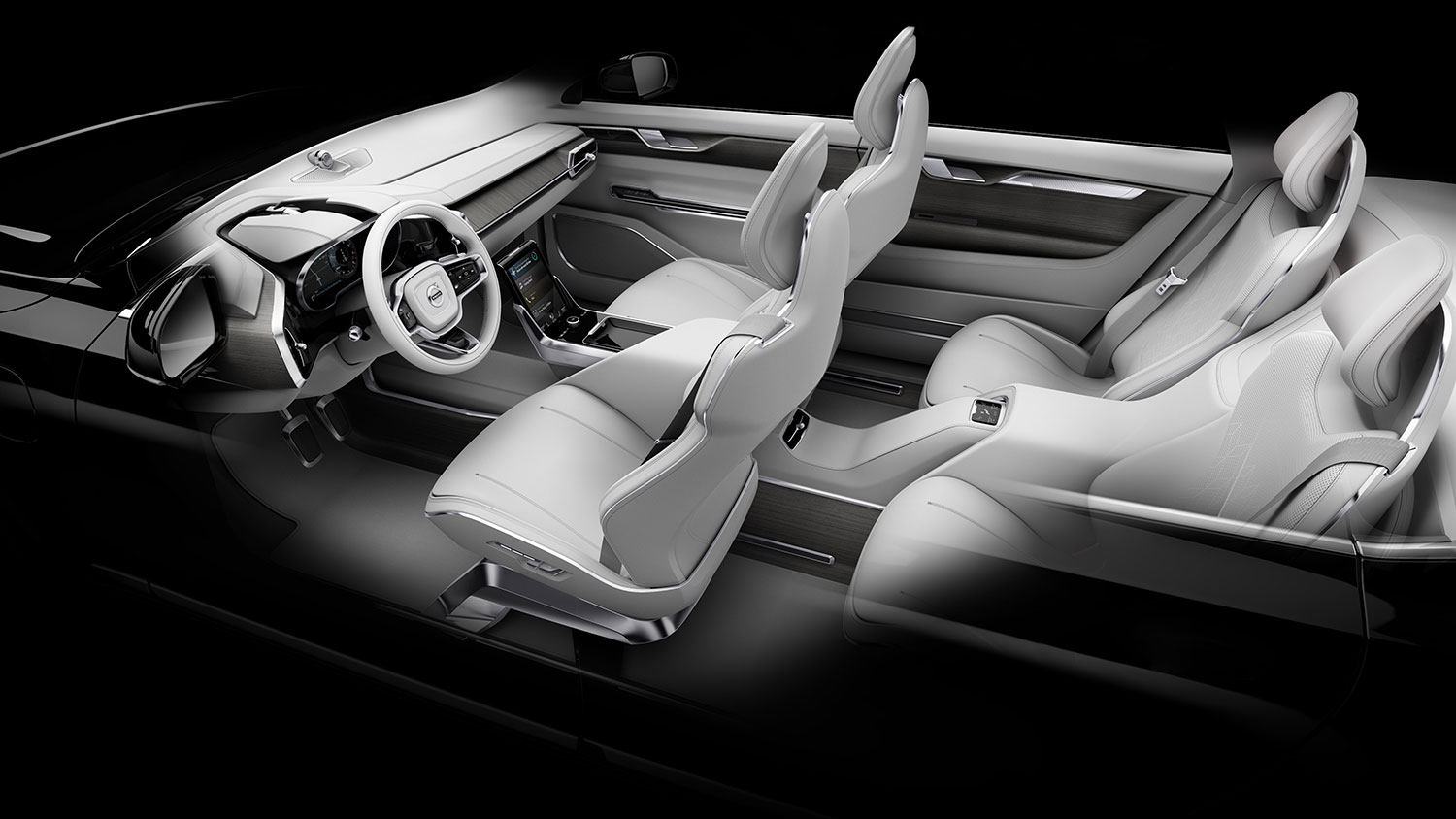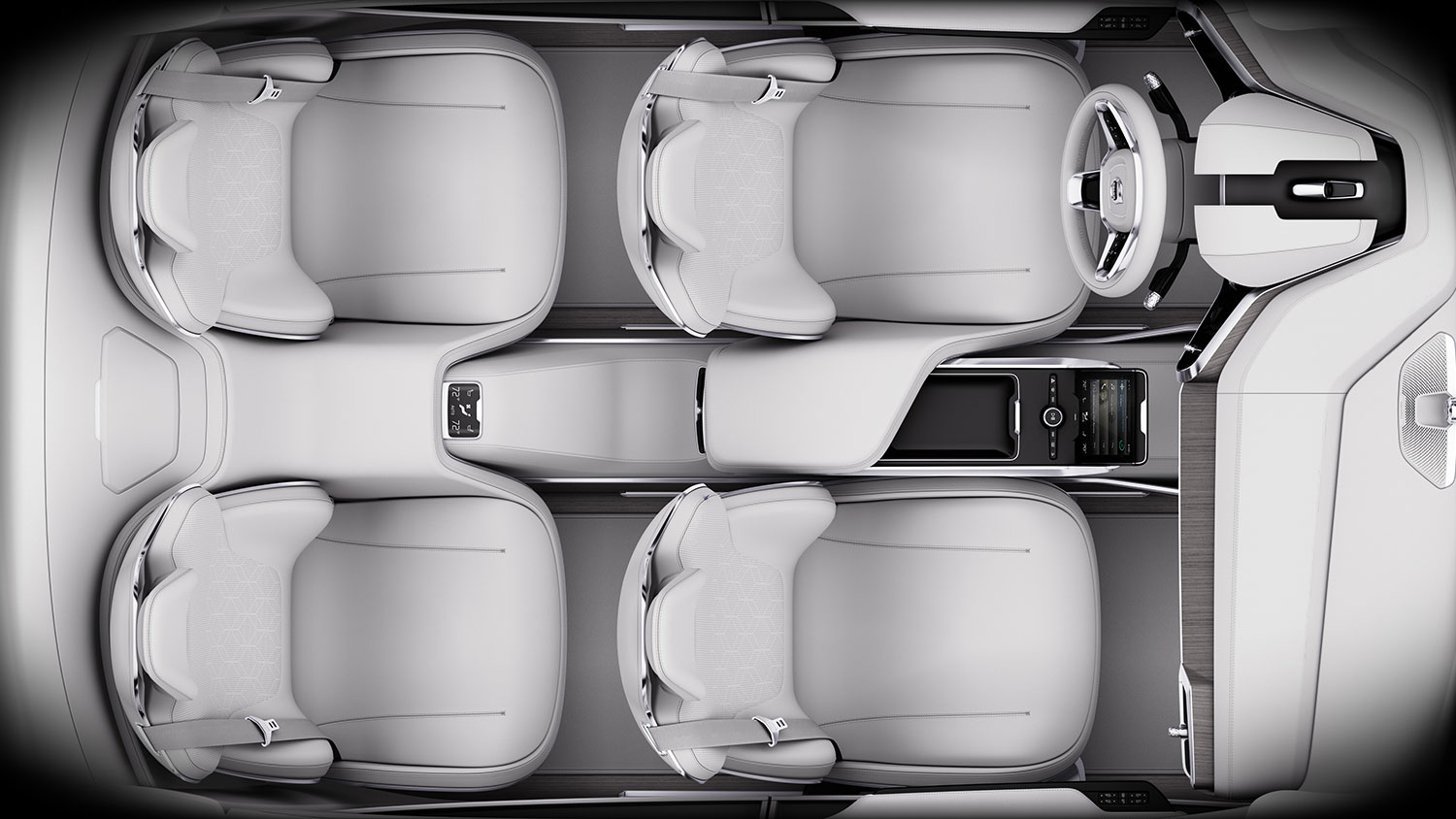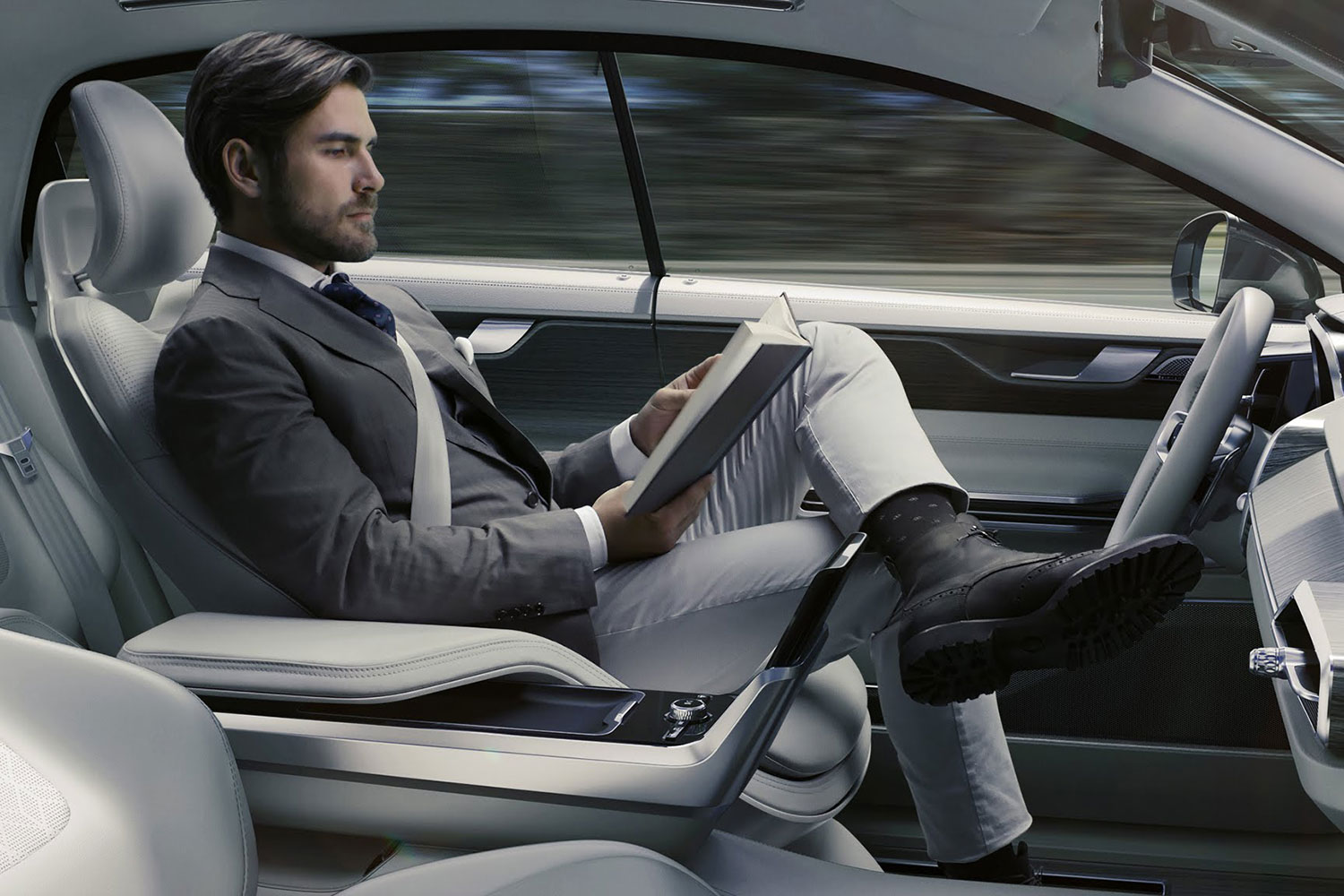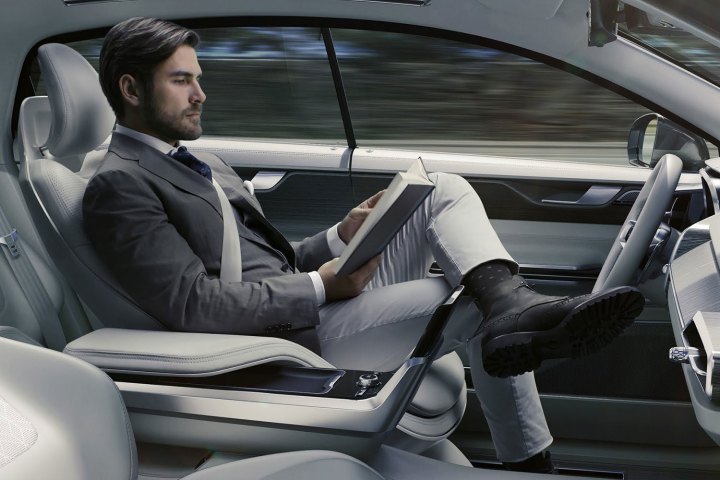
Sure, it’s a wry remark about the accuracy of superfluous prognostication but that doesn’t stop human beings from seeking to peer past the horizon. From trying to plot a course through years of academia to sorting out what’s for dinner, we’re always looking expectantly to the future.
One way to qualify the passage of time is through technology eras, each hallmarked by the progression of transportation — from steam engine to internal combustion, jet propulsion, and so on. This is why flying cars and robot-piloted taxis remain a staple in science fiction narratives. But putting the Jetsons aside for a moment, what’s actually in store for the automotive world in the next few years?
It’s difficult to make predictions, but what the heck: Prognosticate with me for a bit, will you?
1 year out: 2017
Head’s up: the cars of the not-so-distant future are being made today. Automakers have been hard at work testing tech that will appear in the car of tomorrow for some time, and we’re seeing the results already. Ten years ago, cars with built-in Bluetooth, navigation, and parking sensors were the domain of top luxury vehicles. Now even the most affordable econo-box has these things, as options at the very least.

Next year, we can expect even more everyday technology features to come as standard equipment, notably online access. General Motors has been blazing a trail with its OnStar connectivity for decades, offering in-car connectivity for all sorts of services. This can now turn cars like the Chevrolet Camaro into a roving 4G LTE hotspot. Similarly, FCA and its vehicles access the interwebs through Uconnect for all their connectivity needs.
Connectivity is a major factor in making cars — our means of mobility — true mobile devices. Folks without factory installed systems can get on-board with third party services like Verizon’s Hum or Vinli’s OBDII port accessory. Throw in Apple Carplay and Android Auto which will be barreling towards ubiquity by 2017, and the world of connected apps you’ve come to rely on from your smartphone for will be available every time you get behind the wheel.
2 years out: 2018
Further along the foggy path of time, it’s clear that autonomous driving will be a part of our automotive existence. We have seen grand demonstrations from Audi of RS7 sedans lapping Formula 1 courses and driving 500 miles, but these still seem like projects for the far future. What about sooner? As is turns out, many autonomous functions have crept into our lives under the label of driver-assist features: things like lane keep assist, adaptive cruise control, and self-braking systems.

If we’ve got cars that can stop, steer, and accelerate independently already, why can’t we simply network these functions to work together? This thinking hasn’t escaped many automakers who are working on ways to do just that. Take Tesla’s autopilot system, which uses all these to operate semi-independently. Drivers still need to remain responsible behind the wheel, but it makes highway commutes easier, keeping within the chosen lane and monitoring the cars around with an array of sensors along the exterior.

Bosch has also demonstrated its ability to have all these systems communicate with its traffic jam assist technology. This system, with the help of a stereo video camera (to perceive depth the same way our two eyes allow), traffic jam assists makes the gridlock under 35 miles per hour slightly more bearable. Autonomous cars, where we push the power button, enter a destination, and then open the newspaper, will still be a challenge by 2018. But driver-assist technologies will make our cars feel like they drive themselves.
5 years out: 2021
In the year 2021, the Tokyo summer Olympics will be behind us, Sealabs will be run of the mill, and Johnny Mnemonic-style couriers who commune with cyber-dolphins will be daily business. Well, at least one of those things will be true, anyway.
Your car would sense the disabled one instantly, applying the brakes before you could even see the problem.
By 2021, the first production self-driving vehicle should be for sale. In 2014, Elon Musk said fully autonomous cars should be on the road in five to six years. And the folks at Ford, Google, and other companies have made similar projections. The challenge, of course, will be communicating to the other autonomous and human-piloted cars on the road.
Driver-assist features will have dramatically improved along with the connectivity, with plans for vehicle-to-vehicle communication, like that demonstrated by Ford. The ubiquity of networking will allow cars to sense each other, giving drivers an extended perception of what’s nearby. Say the car ahead of you suddenly swerves right to avoid another vehicle that stopped short. The swerving driver had an extra split-second to perceive the imminent danger and narrowly avoid the collision — you aren’t so lucky.

With a connected car network, your car would sense the disabled one instantly, applying the brakes before you could even see the problem. Ford takes the car’s awareness of its surroundings even further, experimenting with LiDAR (Light Detection And Ranging) systems allowing the car to “see” the world around it in real time. It’s sort of like how SONAR (SOund Navigation And Ranging) maps things with sound waves, only with light.
10 years out: 2026
What lies beyond? Short of the massive class schism predicted by Fritz Lang’s Metropolis, cars should certainly still be around by 2026, but they will have certainly changed enormously. Automakers like Audi and Mercedes-Benz believe that in 10 years, fully autonomous driving will be sophisticated enough for regular use. Perhaps we’ll even have the legalities and moral quandaries of self-driving cars sorted out by then.
If so, cars will have to be accommodating for the hands-off moments. Volvo, heavily exploring self-driving car technology, is preparing for this eventuality with ideas like its Concept 26 design study. This demonstrates how a car’s cabin will be configured to change depending on the driving mode — kick back and relax, watch a film, or connect to the Internet and work in a mobile office.
This idea still seems fanciful today, despite the great leaps we’ve seen in recent years. Bosch’s vision of autonomous driving is more realistically rooted, believing that full autonomy will be relegated to highways, with drivers needing full control only around local streets.
Perhaps we will incorporate these ideas into one: Cars with the ability to drive and compute independently, but communicating through the cloud. These vehicles will “sense” which cars are on the highway — even the ones that aren’t in autopilot mode. Let’s face it: Many people will still be cruising along in old-school classics like our 2008 Mustangs. Cars of the self-driving era will keep an eye on those old clunkers thanks to myriad LiDAR sensors and small camera arrays.
And with such a set up, a fully autonomous highway system built to work with our current infrastructure doesn’t seem that far fetched. The future may be impossible to predict, but we’re the ones making it; it’s up to us to decide what we want to happen.
Except flying cars. We’re never getting those.
